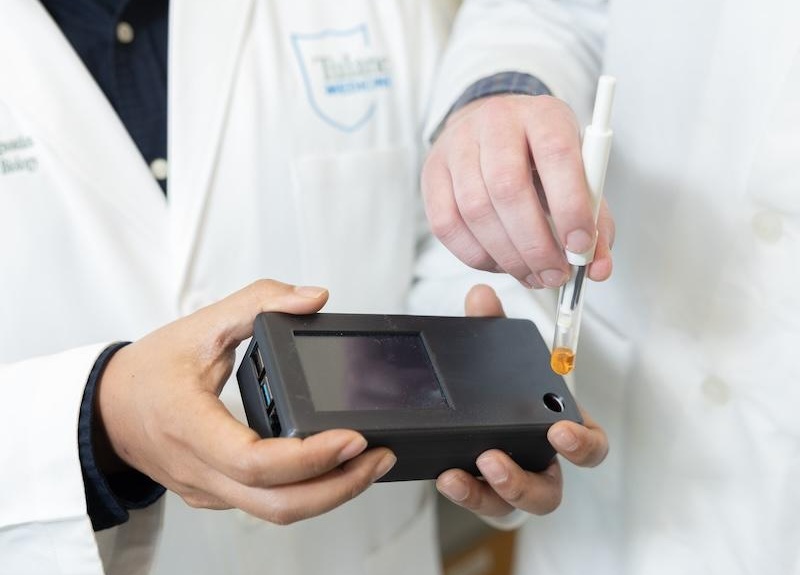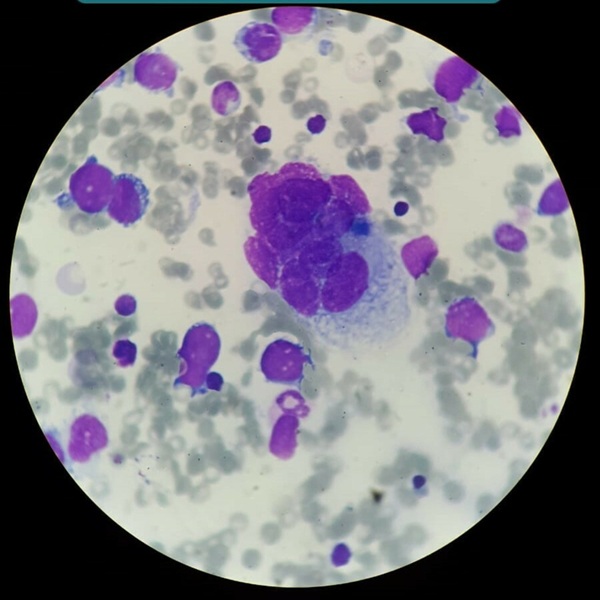Electronic Nose Accurately Diagnoses Prostate Tumor Using Urine Sample
|
By LabMedica International staff writers Posted on 05 Dec 2022 |
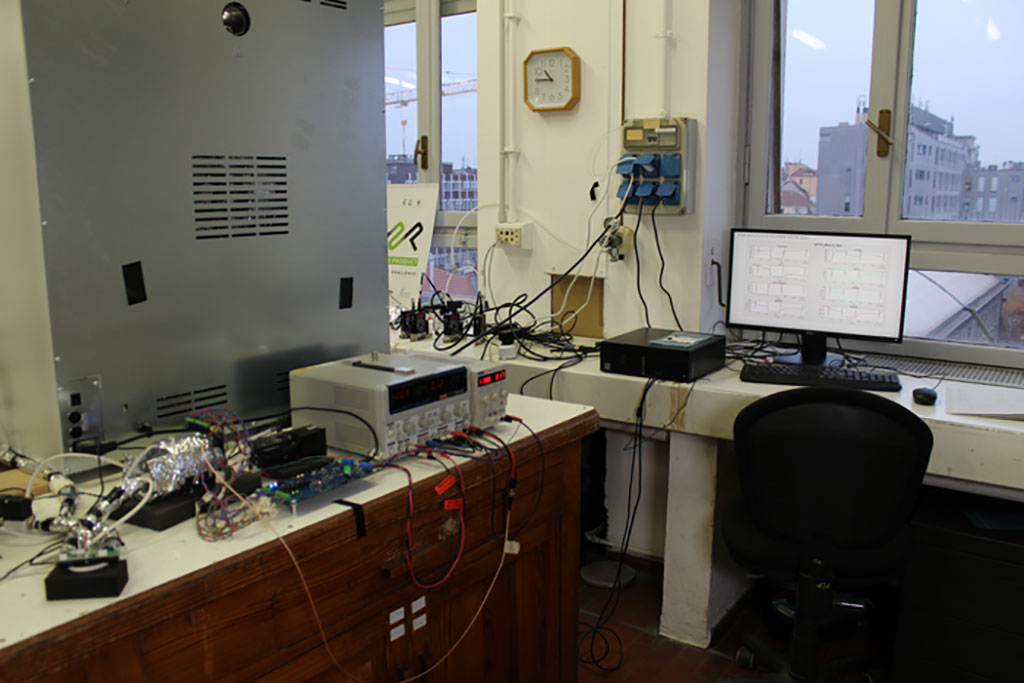
The diagnosis of prostate cancer using a non-invasive method and with greater accuracy than traditional diagnostic procedures is ever closer to becoming a reality. This has been confirmed by the data in a study which tested the efficacy of the first prototype of an electronic nose that can identify the presence of a tumor from a urine sample, by recognizing specific volatile molecules.
Diag-Nose – the name of the project which created the first experimental prototype – is the result of close collaboration between Humanitas Mater Domini (Castellanza VA, Italy) and the Polytechnic University of Milan (Milan, Italy). The project involved 174 people divided into two groups: 88 patients with prostate cancer of varying grades and stages confirmed by a histological examination, and 86 people in the “control” group comprising men and women of different ages with no history of the disease who had undergone medical examinations (including for PSA). A urine sample was collected from each person and analyzed.
The preliminary results are encouraging. The electronic nose was found to correctly provide a positive result for patients with tumors in 85.2% of cases. It has an accuracy – that is the ability to make a correct diagnosis, whether negative or positive – of 82.1%. For men over the age of 45 only, the age range most affected by the disease but also the most difficult to correctly diagnose, the accuracy stands at 81%. The prototype has other significant benefits when compared to the traditional method of a biopsy: as well as being an invasive procedure, biopsies have a particularly high rate of false negatives for early-stage tumors due to the fact that only a small portion of tissue is collected and analyzed.
“Prostate biopsy is currently the gold standard for the diagnosis of cancer of this gland. Despite the greater precision that the procedure has achieved through the use of magnetic resonance imaging to guide the collection of the tissue samples, the tumor detection rate reaches 48.5% at the most. This percentage is significantly lower than that of the electronic nose which, in addition to greater diagnostic accuracy, would limit the inconvenience and complications for the patient”, explained the author of the study, Dr. Gianluigi Taverna, Urology Coordinator at Humanitas Mater Domini and a doctor-researcher at the Humanitas Research Hospital.
“For the electronic nose to effectively become a part of everyday clinical practice, further large-scale studies will be necessary, which will allow us to confirm the results already obtained and to develop the prototype's potential. Therefore, the next step towards making the electronic nose a reality is to validate it by involving international clinical institutes,” concluded Gianluigi Taverna and Fabio Grizzi, a researcher at the laboratories of the Humanitas Research Hospital, where he is also in charge of the histology service.
Related Links:
Polytechnic University of Milan
Humanitas Mater Domini
Latest Technology News
- Advanced Predictive Algorithms Identify Patients Having Undiagnosed Cancer
- Light Signature Algorithm to Enable Faster and More Precise Medical Diagnoses
- Disposable Microchip Technology Could Selectively Detect HIV in Whole Blood Samples
- Pain-On-A-Chip Microfluidic Device Determines Types of Chronic Pain from Blood Samples
- Innovative, Label-Free Ratiometric Fluorosensor Enables More Sensitive Viral RNA Detection
- Smartphones Could Diagnose Diseases Using Infrared Scans
- Novel Sensor Technology to Enable Early Diagnoses of Metabolic and Cardiovascular Disorders
- 3D Printing Breakthrough Enables Large Scale Development of Tiny Microfluidic Devices
- POC Paper-Based Sensor Platform to Transform Cardiac Diagnostics
- Study Explores Impact of POC Testing on Future of Diagnostics
- Low-Cost, Fast Response Sensor Enables Early and Accurate Detection of Lung Cancer
- Nanotechnology For Cervical Cancer Diagnosis Could Replace Invasive Pap Smears
- Lab-On-Chip Platform to Expedite Cancer Diagnoses
- Biosensing Platform Simultaneously Detects Vitamin C and SARS-CoV-2
- New Lens Method Analyzes Tears for Early Disease Detection
- FET-Based Sensors Pave Way for Portable Diagnostic Devices Capable of Detecting Multiple Diseases
Channels
Clinical Chemistry
view channel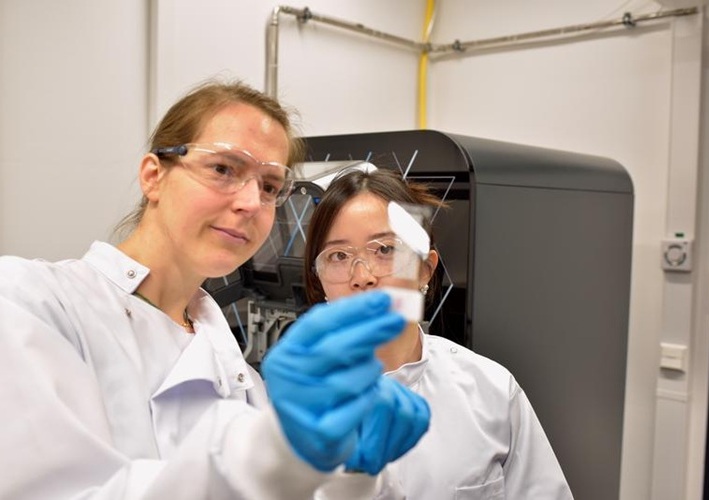
Mass Spectrometry Detects Bacteria Without Time-Consuming Isolation and Multiplication
Speed and accuracy are essential when diagnosing diseases. Traditionally, diagnosing bacterial infections involves the labor-intensive process of isolating pathogens and cultivating bacterial cultures,... Read more
First Comprehensive Syphilis Test to Definitively Diagnose Active Infection In 10 Minutes
In the United States, syphilis cases have surged by nearly 80% from 2018 to 2023, with 209,253 cases recorded in the most recent year of data. Syphilis, which can be transmitted sexually or from mother... Read more
Mass Spectrometry-Based Monitoring Technique to Predict and Identify Early Myeloma Relapse
Myeloma, a type of cancer that affects the bone marrow, is currently incurable, though many patients can live for over 10 years after diagnosis. However, around 1 in 5 individuals with myeloma have a high-risk... Read moreMolecular Diagnostics
view channel
First-in-Class Diagnostic Blood Test Detects Axial Spondyloarthritis
Axial spondyloarthritis (axSpA) is a chronic inflammatory autoimmune condition that typically affects individuals during their most productive years, with symptoms often emerging before the age of 45.... Read more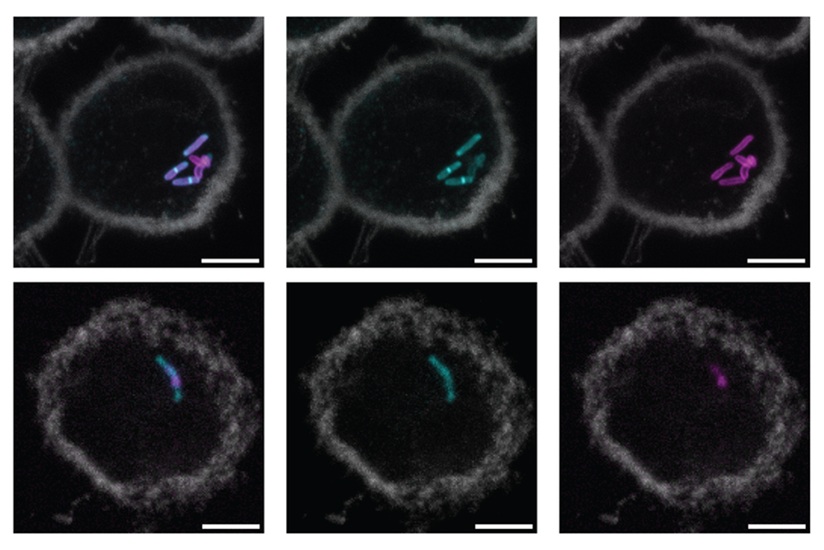
New Molecular Label to Help Develop Simpler and Faster Tuberculosis Tests
Tuberculosis (TB), the deadliest infectious disease globally, is responsible for infecting an estimated 10 million people each year and causing over 1 million deaths annually. While chest X-rays and molecular... Read more
Biomarker Discovery Paves Way for Blood Tests to Detect and Treat Osteoarthritis
The number of individuals affected by osteoarthritis is projected to exceed 1 billion by 2050. The primary risk factor for this common, often painful chronic joint condition is aging, and, like aging itself,... Read moreHematology
view channel
First Point-of-Care Heparin Monitoring Test Provides Results in Under 15 Minutes
Heparin dosing requires careful management to avoid both bleeding and clotting complications. In high-risk situations like extracorporeal membrane oxygenation (ECMO), mortality rates can reach about 50%,... Read more
New Scoring System Predicts Risk of Developing Cancer from Common Blood Disorder
Clonal cytopenia of undetermined significance (CCUS) is a blood disorder commonly found in older adults, characterized by mutations in blood cells and a low blood count, but without any obvious cause or... Read moreImmunology
view channel
Stem Cell Test Predicts Treatment Outcome for Patients with Platinum-Resistant Ovarian Cancer
Epithelial ovarian cancer frequently responds to chemotherapy initially, but eventually, the tumor develops resistance to the therapy, leading to regrowth. This resistance is partially due to the activation... Read more
Machine Learning-Enabled Blood Test Predicts Immunotherapy Response in Lymphoma Patients
Chimeric antigen receptor (CAR) T-cell therapy has emerged as one of the most promising recent developments in the treatment of blood cancers. However, over half of non-Hodgkin lymphoma (NHL) patients... Read moreMicrobiology
view channelMolecular Stool Test Shows Potential for Diagnosing TB in Adults with HIV
Tuberculosis (TB), caused by the bacterium Mycobacterium tuberculosis, led to 1.25 million deaths in 2023, with 13% of those occurring in people living with HIV. The current primary diagnostic method for TB relies on sputum samples, which are collected by deep coughing and expectoration of lung secretions.... Read more
New Test Diagnoses Bacterial Meningitis Quickly and Accurately
Bacterial meningitis is a potentially fatal condition, with one in six patients dying and half of the survivors experiencing lasting symptoms. Therefore, rapid diagnosis and treatment are critical.... Read morePathology
view channel
Groundbreaking Chest Pain Triage Algorithm to Transform Cardiac Care
Cardiovascular disease is responsible for a third of all deaths worldwide, and chest pain is the second most common reason for emergency department (ED) visits. With EDs often being some of the busiest... Read more
AI-Based Liquid Biopsy Approach to Revolutionize Brain Cancer Detection
Detecting brain cancers remains extremely challenging, with many patients only receiving a diagnosis at later stages after symptoms like headaches, seizures, or cognitive issues appear. Late-stage diagnoses... Read moreIndustry
view channel
Cepheid and Oxford Nanopore Technologies Partner on Advancing Automated Sequencing-Based Solutions
Cepheid (Sunnyvale, CA, USA), a leading molecular diagnostics company, and Oxford Nanopore Technologies (Oxford, UK), the company behind a new generation of sequencing-based molecular analysis technologies,... Read more
Grifols and Tecan’s IBL Collaborate on Advanced Biomarker Panels
Grifols (Barcelona, Spain), one of the world’s leading producers of plasma-derived medicines and innovative diagnostic solutions, is expanding its offer in clinical diagnostics through a strategic partnership... Read more

















